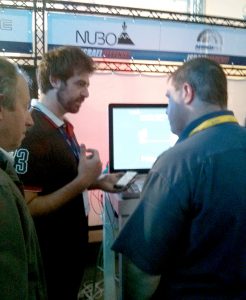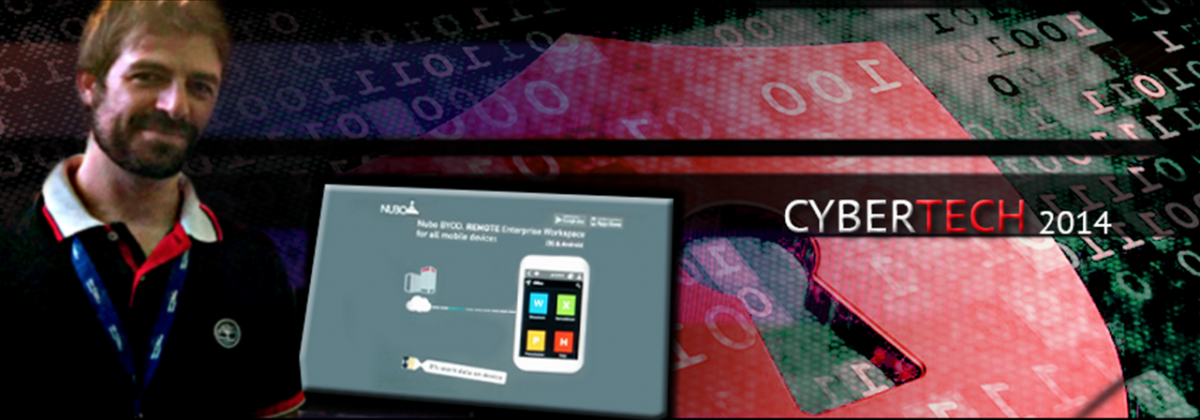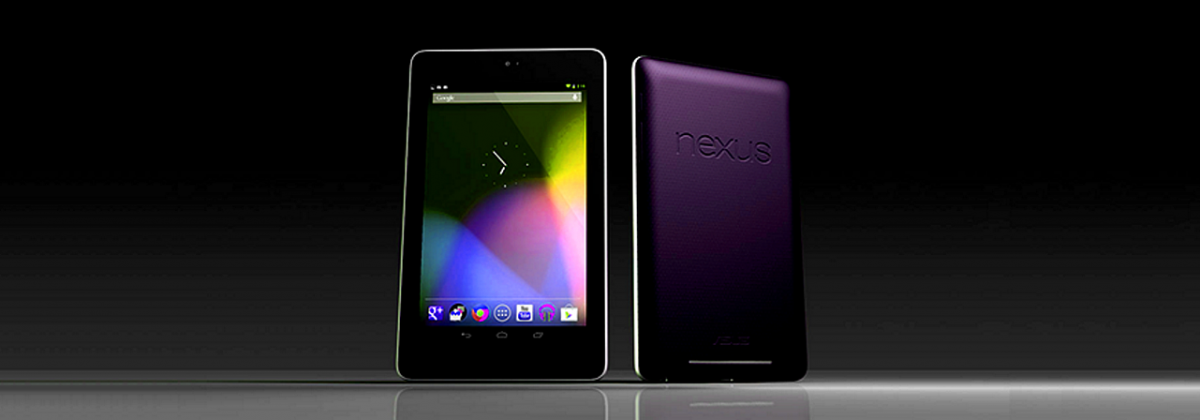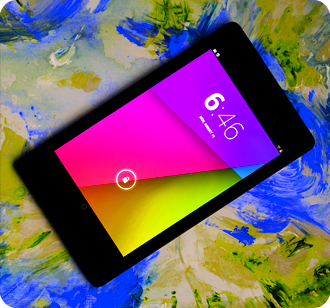I started working at Nubo two years ago when our BYOD workspace was still an idea on the drawing board. Last week, Nubo CEO Israel Lifshitz and I attended CyberTech 2014 in Tel Aviv. The first thing I noticed when I entered the convention hall was all the suits and ties, which isn’t something you see in Israel every day. And I’m wearing jeans and my best t-shirt. I got my presenter’s tag and met up with Israel. It took two of us to bring our large screen monitor in. We got to our booth and quickly set everything up.
CyberTech 2014 was a great venue to show Nubo’s unique security features. I enjoyed being tested by visitors to our booth and hope to do it again soon!
Soon after, Israel had to go – for a meeting that Israeli Prime Minister Benjamin Netanyahu held with the CEOs. All of a sudden, I realized I was alone at the Nubo booth, with masses of people showing up and asking questions. While I’ve been to startup conferences before, this was my first time on the presenter’s side. I demonstrated Nubo on my new Nexus 5 smartphone to 1-3 people at a time. Our booth visitors asked questions about display protocols and the possibility of hacking Nubo via the client and server. This was a cyber security event, so I expected this angle to come up a lot.
 Their facial expressions as well as their verbal feedback told me they were convinced. Dozens of them took our handout. After two years working hard in my cubicle at Nubo, I was finally out in the real world showing a captivated audience the work my peers and I have worked on since 2012. It was good to see that my time was well spent! Two years ago, when I tried to explain Nubo and BYOD to friends, I got blank stares. That has changed. BYOD has gone from an insider’s term to a trend that everyone is talking about.
Their facial expressions as well as their verbal feedback told me they were convinced. Dozens of them took our handout. After two years working hard in my cubicle at Nubo, I was finally out in the real world showing a captivated audience the work my peers and I have worked on since 2012. It was good to see that my time was well spent! Two years ago, when I tried to explain Nubo and BYOD to friends, I got blank stares. That has changed. BYOD has gone from an insider’s term to a trend that everyone is talking about.
I spent a few minutes walking around and checking out the other booths in Startup Alley. After seeing the others, I see our marketing, product and graphics team in a new light! This was the first thing I told my friends at Nubo the next day. CyberTech 2014 was a total success – for Nubo and the other startups who attended. I know that we Android developers have a well earned reputation for preferring to deal with computer screens all day. But I had a great time. It was exciting to show Nubo to a captivated audience in Tel Aviv. I will definitely volunteer to do this again.
See you at the next startup conference!












 With so many new tablets released on a monthly basis, the goal is to win on points, not by knockout. The 2013 Nexus 7 is a great example of gradual – but important – technical improvements.
With so many new tablets released on a monthly basis, the goal is to win on points, not by knockout. The 2013 Nexus 7 is a great example of gradual – but important – technical improvements.